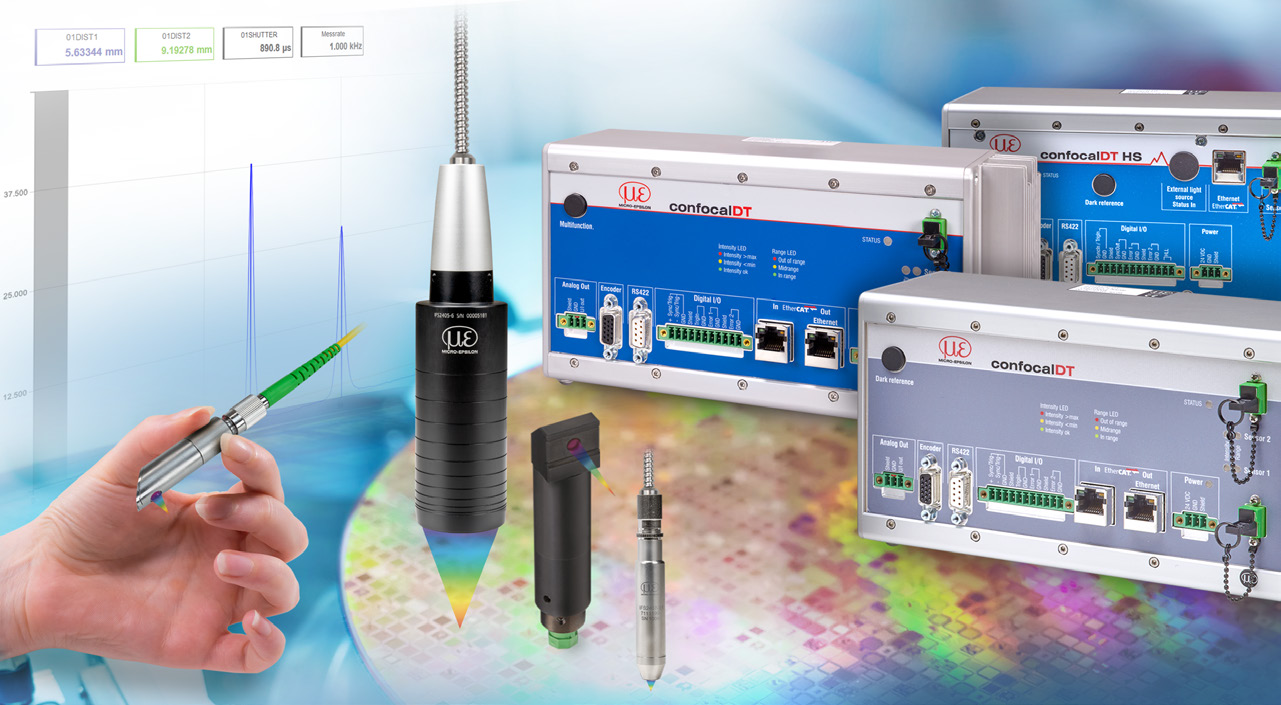 |
|
|
What is the measuring principle of confocalDT?
|
|
The confocal chromatic measuring principle Polychromatic white light is focused onto the target surface by a multi-lens optical system. The lenses are arranged so that the white light is dispersed into monochromatic wavelengths by controlled chromatic aberration. To each wavelength, a specific distance is assigned by factory calibration. Only the wavelength which is exactly focused on the target is used for the measurement. An optical arrangement images the light reflected onto a light sensitive sensor element, on which the corresponding spectral color is detected and evaluated. In the case of multi-peak measurements, several distance points are evaluated accordingly.
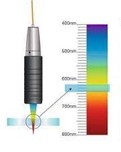 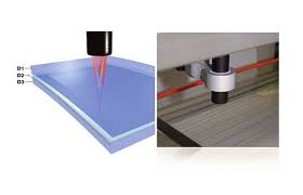
|
|
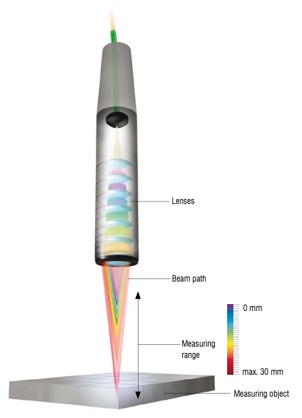 |
|
|
|
|
Extremely large tilt angle
|
|
Dynamic measurement tasks
|
|
Ready for vacuum
|
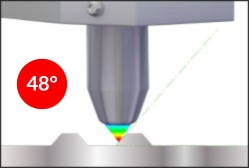 |
|
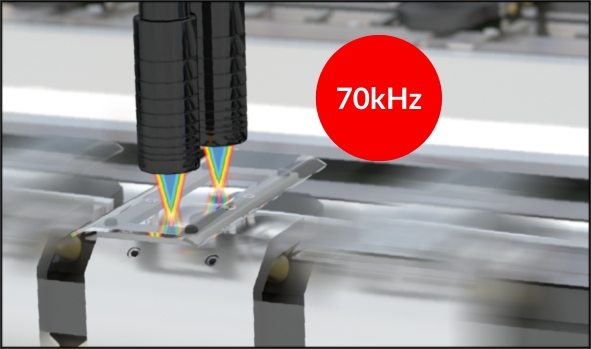 |
|
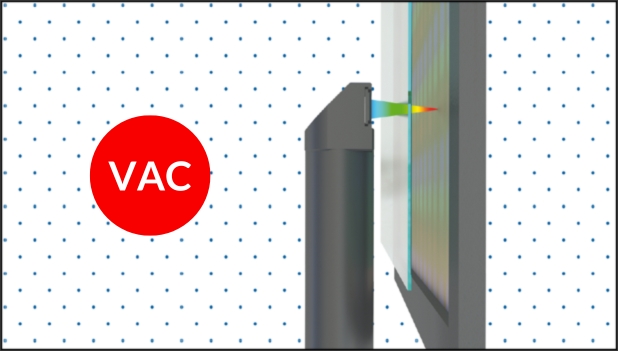 |
|
|
|
|
|
|
 Tilt angle up to 48°
|
|
 Highest measuring rate in the world
|
|
 Sensor designed from passive components
|
 Stable signals with curved & structured surfaces Stable signals with curved & structured surfaces |
|
 Dynamic exposure control for highest measurement accuracy Dynamic exposure control for highest measurement accuracy |
|
 Vacuum-suitable sensors, cables and accessories Vacuum-suitable sensors, cables and accessories |
|
|
|
|
|
|
|
Smallest light spot
|
|
Ultra-small sensors
|
|
Thickness calibration
|
|
|
|
|
|
|
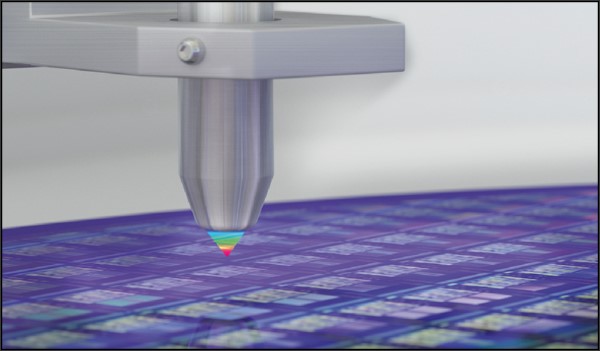 |
|
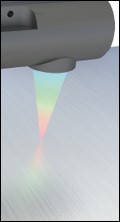  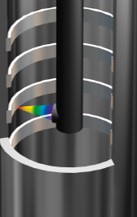 |
|
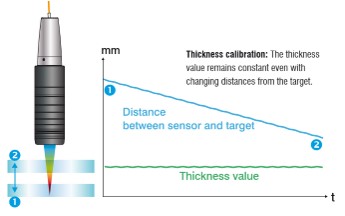 |
|
|
|
|
|
|
 Highlateral resolution
 Detection of smallest details (e.g. IC pins on PCBs)
|
|
 Sensors with a diameter from 4 mm for restricted installation space
 90° models reduce the installation depth again
|
|
 Highest measurement accuracy
due to stored target materials (refraction index)
|
|
|
|
Multi-layer thickness measurement
|
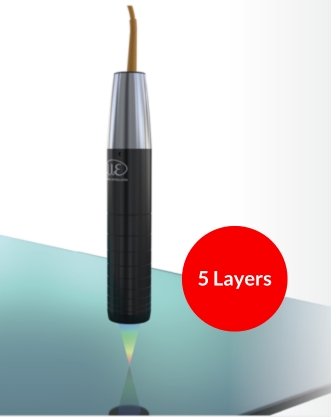 |
|
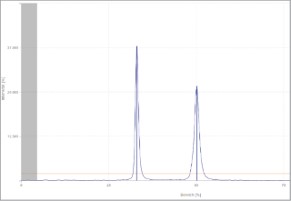
Signal with thickness measurement
|
|
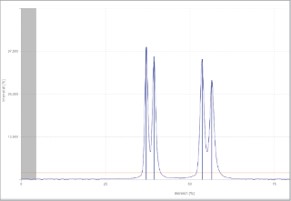
Signal with multi-layer thickness measurements (max. 6 peaks)
|
|
|
|
-
 Thickness measurement of transparent materials in the micron range Thickness measurement of transparent materials in the micron range
-
 Measuring up to 5 layers with just one sensor Measuring up to 5 layers with just one sensor
|
|
|
Easy configuration via web interface
|
 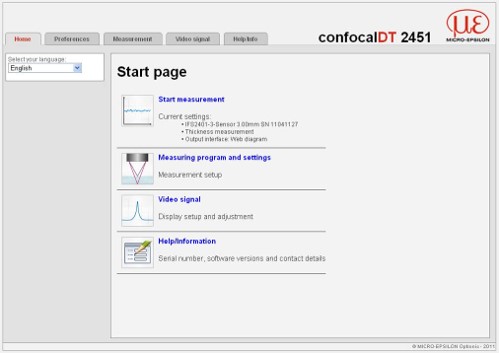 |
|
|
|
|
|
|
|
|
Controller type |
Channels |
Measuring rate |
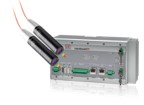 |
confocalDT IFC242x |
Confocal controller for industrial applications |
1 or 2 |
Up to 6.5kHz |
 |
confocalDT IFC246x |
Light intensive controller for high speed measurements |
1 or 2 |
Up to 30kHz |
 |
confocalDT IFC2471 HS |
Confocal high speed controller |
1 |
Up to 70kHz |
|
|
|
|
|


